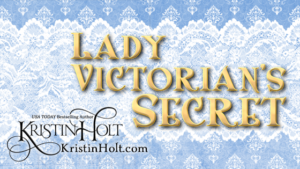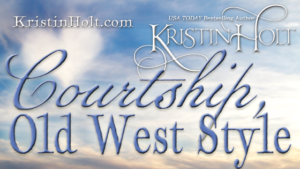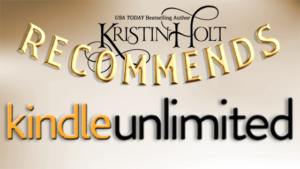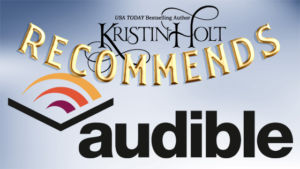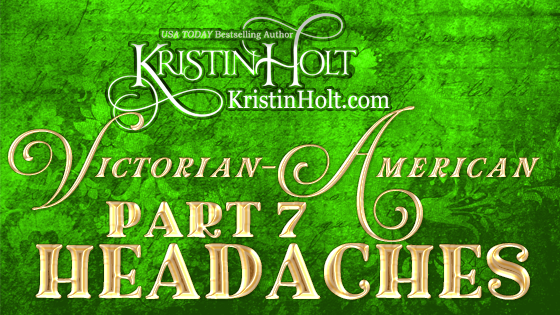
by Kristin Holt | Nov 23, 2020 | Articles
Beyond prescriptions (including “Doctor’s Own Patent Medicine” — we’ve seen a few of those in Part 4), what could osteopathic physicians and medical doctors do to alleviate their patients’ suffering from headache?
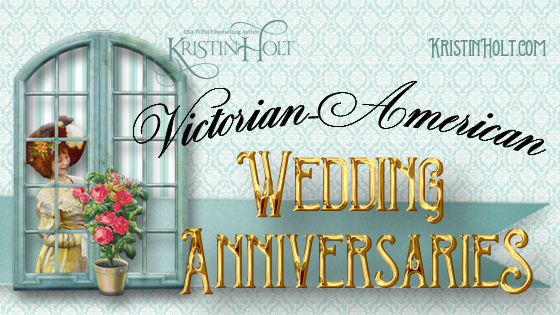
by Kristin Holt | Mar 6, 2020 | Articles
Victorian-American husbands and wives celebrated their wedding anniversaries in a variety of ways. The wealthy held sumptuous dinners and balls in honor of their years of wedded bliss and their guest lists and published itemized gifts showed it! A variety of late-nineteenth-century American etiquette governed much about the Victorian-American Wedding Anniversary, from invitation to gifts to entertainments.
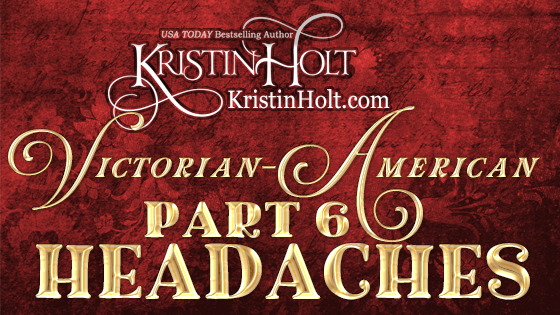
by Kristin Holt | Nov 5, 2019 | Articles
Part 6 in a series of 11 articles, all about headaches in Victorian America.
Today’s article takes a look at various “doctoring at home” remedies published in newspapers and books, all from the final decades of the 19th century, United States of America. Each newspaper or book snippet contains complete citations. Some remedies make sense, some seem like wild guesses, and others are simply ODD.
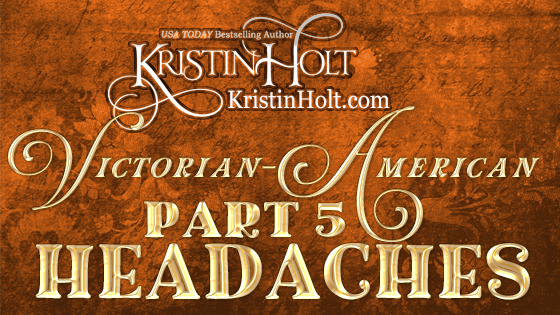
by Kristin Holt | Oct 23, 2019 | Articles
A vintage newspaper (Chicago Tribune, January 1901) sheds light on the dangers of headache powders but also their overwhelming redemptive value. The ‘doctor’ shares formulary details along with ‘life rules’ to prevent headaches (such as remaining sober). After all, Victorian-Americans “self-poisoned”, thus precipitating their headaches.
This piece is number five in a series of eleven articles: Victorian-American Headaches.
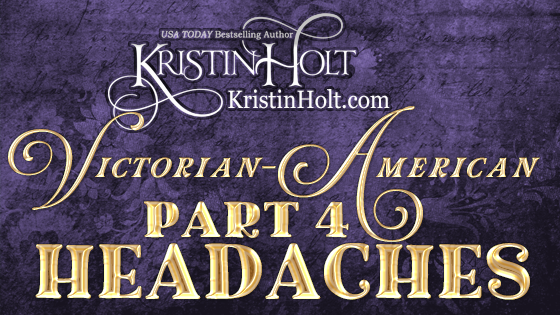
by Kristin Holt | Oct 16, 2019 | Articles
Part 4 of an 11-part series: Victorian-American Headaches. Explore five decades’ worth of advertisements for various headache remedies. Powders, capsules, tablets, beverages, and pills. Apparently remedies were gaining traction and becoming popular–though none of them contained a 19th-century chemistry breakthrough–Aspirin.







